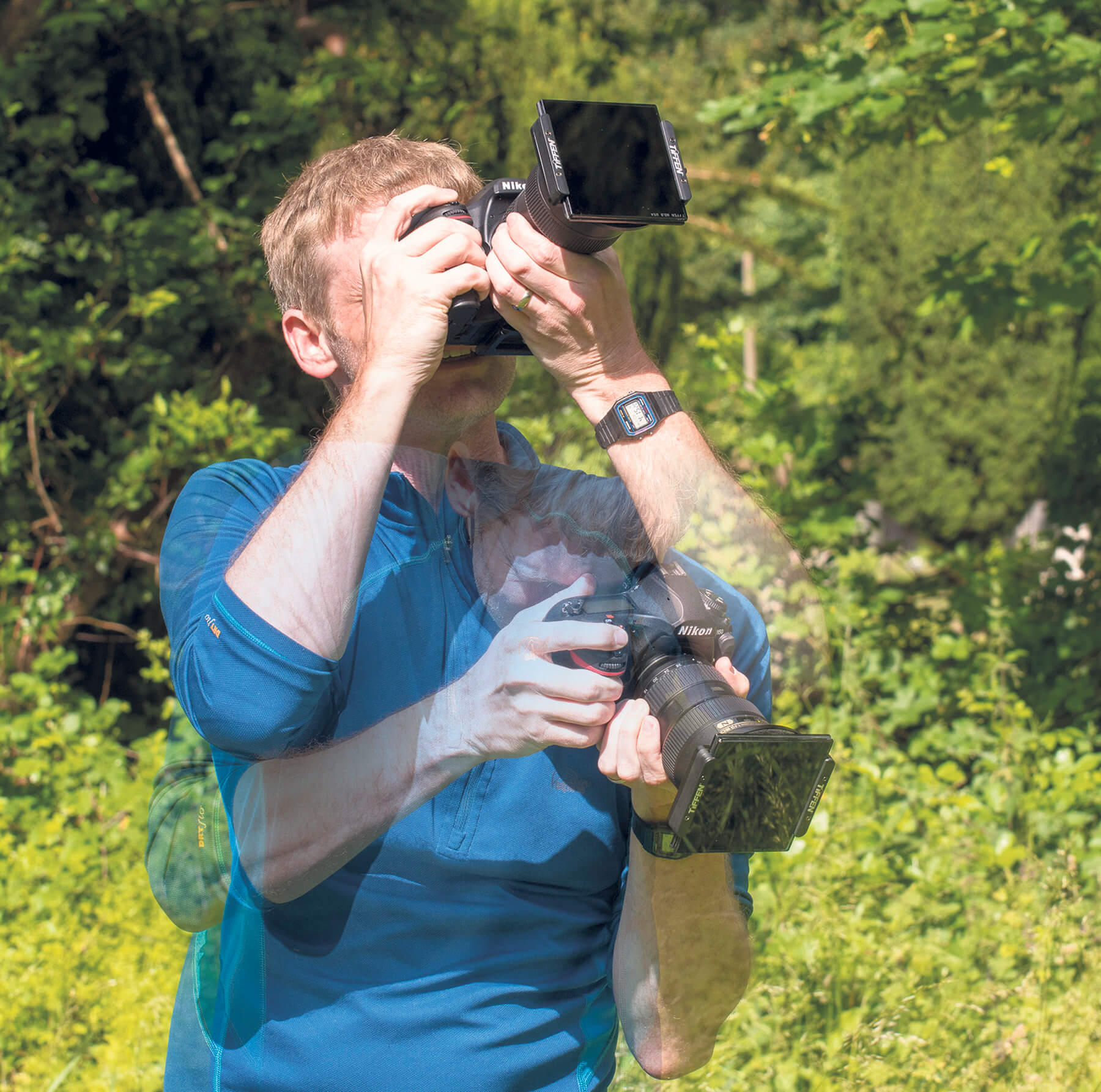
Use intentional camera movement for expressive photos
In most cases, a blurred frame is the worst possible outcome of a photo, but when done well, intentional camera movement can produce some incredible results.
Read time: 4 minutes
Intentional camera movement (ICM) simply describes the process of deliberately moving the camera during an exposure. At an appropriate shutter speed, this movement will show as motion blur in the frame. But though the concept is simple, the technique and use of ICM is endlessly expressive; every picture is different, depending on the subject, the shutter speed, the amount of movement, the type of movement, whether you combine movement with other techniques and so on.
Types of ICM include: panning shots where you track the subject at a slow shutter speed, keeping it sharp while the background blurs; zoom blur, where you extend the focal length during the exposure; and random blur which, as you’d imagine, is more free-form. In any case, the advantage of ICM is that it adds blur, either highlighting the subject or clouding everything and giving impressionistic results.
It’s a lot to take in, but once you’ve mastered the basics of ICM, the most important thing to grasp is a sense of experimentation.

The basics of intentional camera movement
So what are the basics? Really it’s all about setting an exposure that’s long enough to record the kind of movement you want. You can see the slowest shutter speed that the available light will allow by selecting aperture priority mode (A or Av), setting the smallest aperture (the highest f/number), and the lowest ISO sensitivity. If it’s not as slow as you need, which will probably be the case unless you’re shooting around dawn or dusk, you’ll most likely need to use a strong neutral density (ND) filter to cut out enough light for an extended shutter speed.
If you want to practise without worrying about setting the exposure, try using a phone app like ProCam 5 on iOS, or Camera FV-5 on Android; these let you create long exposures whatever the lighting conditions.

Image Your camera movement can be simple like up and down, or more freestyle. Just experiment!
What shutter speed do you need?
But how long an exposure do you need? Some movement will be picked up even at faster speeds, but will likely be too little to notice. And while panning shots are generally made at speeds from 1/125sec down to 1/30sec, if you want lots of impressionist blur you’ll need to think in seconds rather than fractions of them. The amount of motion blur also depends on how fast you’re moving the camera; at identical speeds, greater motion blur will be created the faster you move.
It all depends on your technique, but shooting handheld and trying to keep the camera as still as possible, you might be able to keep the image perceptibly sharp at 1/20sec, but start to lose fine detail at 1/4sec. At 2secs you’ll get perceptible movement, even if you’re trying to keep still, and at 8secs or 10secs its surprising how much movement will creep into a frame even though you think you’re holding it stock still. On some Olympus cameras and the aforementioned phone apps you can see the blur being added to the image; in the former case using Live Bulb mode.

Taking it further
As mentioned above, patience and experimentation are key with ICM. The fun is in the discovery, so keep what you like and delete what you don’t. For instance, to keep the subject clearer keep the camera still on it for a greater part of the exposure. So for example, say you have an 8secs exposure; if you point the camera at the subject for 4secs, and move it around for the rest, the subject will be clearer than if you had a 1sec/7secs split. Or you could try using intentional camera movement as one part of a multiple exposure, thereby combining the blurred frame with more static elements.

Image Here’s that impressionistic look we mentioned earlier. Intentional camera movement is fun, not always predictable and you can get some startlingly impressive results. Many photographers use ICM as their signature technique and do very well out of it commercially
We urge you to give this technique a try next time you’re out shooting – we’re sure you’ll be pleasantly surprised. If you do, tag us in your photos on social media using the handle @PhotonewsPN!
Don’t forget to sign up to receive our newsletter below, to get notified of the new issue, exclusive offers and competitions.




